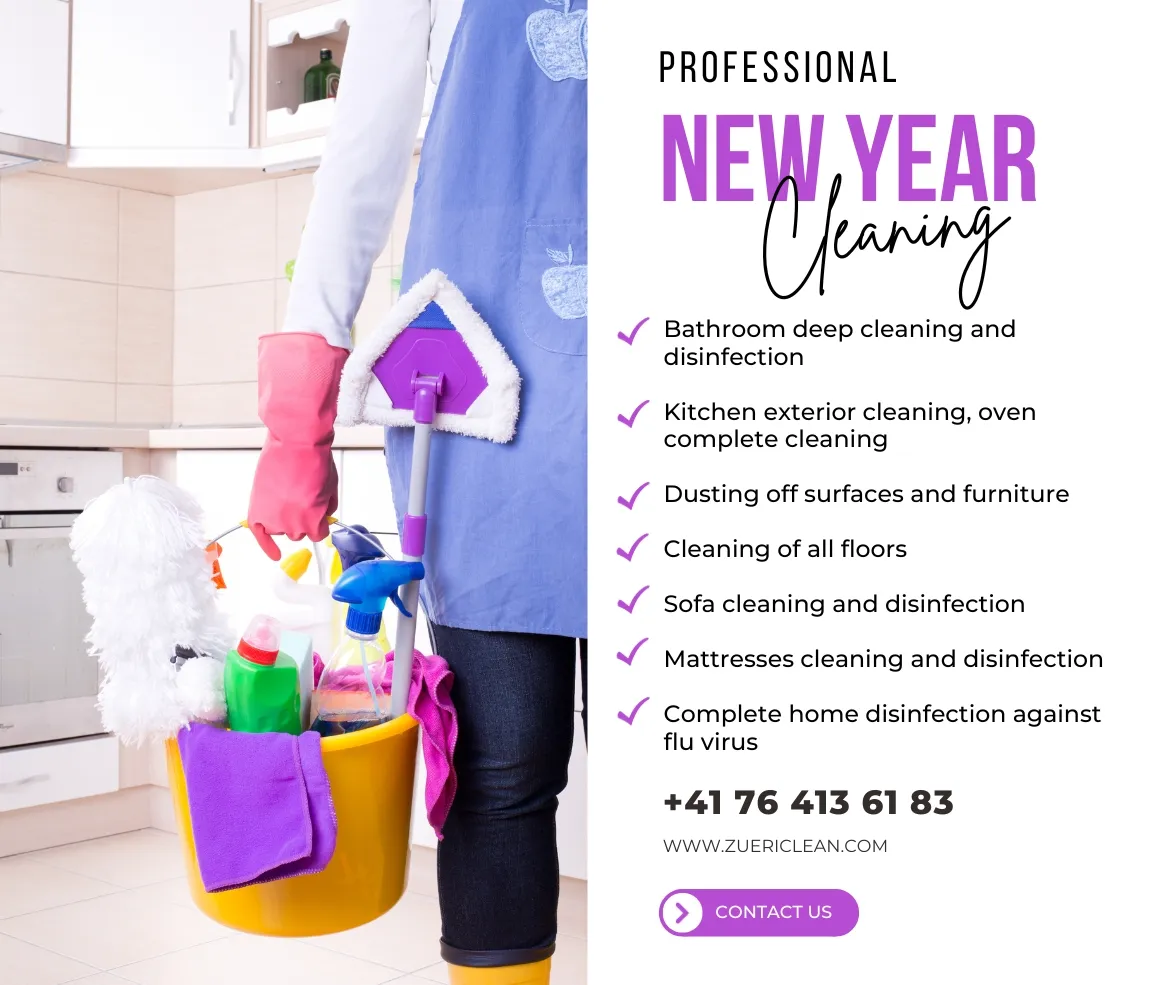How to Prepare Your Home for Professional Sofa Cleaning
When it comes to keeping your home looking fresh and clean, one of the most overlooked tasks is professional sofa cleaning. Your sofa is a place where you relax, entertain guests, and spend time with family. Over time, it can accumulate dirt, stains, and even allergens, which may affect its appearance and longevity. Whether you’re getting ready for a professional sofa cleaning service or planning to clean your sofa yourself, preparation is key to ensuring the process goes smoothly.
In this guide, I’ll walk you through the steps you can take to prepare your home for professional sofa cleaning, providing you with helpful tips to get the best results.
Why Professional Sofa Cleaning Is Important
Before diving into preparation, it’s important to understand why professional sofa cleaning is beneficial. Sofa cleaning goes beyond just making your furniture look clean—it helps remove deep-seated dirt, stains, and allergens that regular vacuuming can’t reach. Professional cleaning extends the life of your sofa, ensuring that it remains comfortable and fresh for years.
Sofa upholstery, whether it’s fabric, leather, or microfiber, can harbor a variety of contaminants. These contaminants can negatively affect both the appearance and cleanliness of your sofa. Professional cleaners use specialized equipment and cleaning solutions that are tailored to the material of your sofa, providing a more effective clean than DIY methods.
Step 1: Check the Sofa Care Instructions
Before you start the preparation process, always check the manufacturer’s care instructions for your sofa. Every sofa is different, and the material it’s made from will influence the cleaning methods used. Some materials, like leather, require specific products, while fabric sofas might respond well to steam cleaning or dry cleaning.
For example, sofas with fabric upholstery often include a cleaning code that gives guidance on the best cleaning methods:
-
W: Use a water-based cleaner.
-
S: Use a solvent-based cleaner.
-
WS: Use either water or solvent-based cleaners.
-
X: Vacuum only—do not use water or solvents.
Following these guidelines ensures you don’t accidentally damage your sofa during cleaning. If you’re unsure of what cleaning method to use, contact a professional cleaning service such as Zurich Sofa Cleaning Services for advice.
Step 2: Clear the Area Around the Sofa
One of the easiest ways to prepare your home for professional sofa cleaning is by clearing the area around the sofa. Move any furniture, rugs, or objects that might be in the way. This will not only give the cleaning professionals enough space to work, but it will also prevent any items from being accidentally damaged during the cleaning process.
If your sofa has cushions or pillows, remove them as well. While these may be cleaned separately, it’s best to have them out of the way to make the cleaning process faster and more efficient.
Step 3: Vacuum the Sofa
While vacuuming is not a replacement for professional sofa cleaning, it’s a good idea to give your sofa a quick once-over before the cleaning service arrives. Vacuuming helps remove surface dirt, dust, and debris, making it easier for the professional cleaners to focus on deeper cleaning tasks. Use a vacuum cleaner with an upholstery attachment to ensure you don't damage the fabric. Pay attention to the crevices and seams, as dirt can easily build up there.
Vacuuming is especially important for fabric sofas, as dust, pet hair, and food particles tend to accumulate. If your sofa has removable cushions, take them off and vacuum them individually to make sure all sides are cleaned.
Step 4: Treat Stains and Spots
If you notice any stains on your sofa, it’s helpful to treat them before the cleaning service arrives. Some cleaning companies will pre-treat stains before beginning the actual cleaning process, but handling the stains ahead of time can make the process more effective.
Here are some general tips for dealing with common stains:
-
Food stains: Blot the area with a clean cloth, then use a mixture of mild detergent and water to gently scrub the stain.
-
Oil or grease stains: Use a solvent-based cleaner for best results.
-
Ink stains: Dab the stain with rubbing alcohol to lift the ink from the fabric.
However, avoid using harsh chemicals or scrubbing too vigorously, as this could damage the fabric. If you’re unsure how to handle a stain, ask the cleaning professionals for guidance or request a stain removal treatment as part of the service.
Step 5: Protect Your Furniture and Flooring
During the cleaning process, the cleaning team will likely need to move your sofa around, and cleaning products or water might be used. To protect your flooring and other furniture, consider placing a drop cloth or protective covering underneath the sofa.
If you have hardwood floors, consider using a plastic sheet or a cloth that can absorb moisture to prevent any water damage. This is especially important if you're cleaning a fabric sofa or using a cleaning method that involves water or steam.
Step 6: Remove Any Obstructions or Personal Items
Make sure to remove any personal items such as remote controls, books, or décor items from the sofa. These items can get in the way during the cleaning process or potentially get damaged by cleaning products.
If you have pets, make sure to keep them away from the sofa until after it’s cleaned. Pet hair can be difficult to remove and may interfere with the cleaning process. Additionally, if your pet has a tendency to chew on furniture, you may want to check for any damage before the cleaning team arrives.
Step 7: Choose the Right Cleaning Method for Your Sofa
Different types of sofas require different cleaning methods. Here’s a quick guide to the best cleaning methods for common sofa materials:
-
Fabric sofas: Fabric sofas can be cleaned with water-based or solvent-based cleaning methods, depending on the upholstery code. Steam cleaning is another effective method for fabric sofas.
-
Leather sofas: Leather requires special care to prevent drying out or cracking. Professional cleaning services typically use leather-safe cleaners and conditioners.
-
Microfiber sofas: Microfiber is generally cleaned with a solvent-based cleaner. A steam cleaner can also be used for deep cleaning.
Before the cleaning service begins, discuss the best cleaning method for your sofa with the cleaning team. Most professional services can tailor their approach to the type of fabric or material your sofa is made from.
Step 8: Understand the Sofa Cleaning Process
Knowing what to expect during the professional cleaning process can help ease your mind. Here’s a general outline of what will happen:
-
Pre-inspection: The cleaning team will inspect the sofa to determine the best cleaning method and identify any problem areas.
-
Pre-treatment: Any stains or heavily soiled areas will be pre-treated with specialized solutions.
-
Cleaning: The sofa will be cleaned using the appropriate method (steam cleaning, dry cleaning, etc.).
-
Drying: After cleaning, your sofa will need time to dry. The team may use fans or air movers to speed up the drying process.
-
Post-inspection: Once the sofa is dry, the cleaning team will do a final inspection to ensure all areas have been cleaned properly.
Step 9: Post-Cleaning Care and Maintenance
Once your sofa has been professionally cleaned, there are a few steps you can take to keep it looking fresh for longer:
-
Regular vacuuming: Make vacuuming a part of your weekly cleaning routine to prevent dirt buildup.
-
Spot cleaning: Tackle spills and stains as soon as they happen to avoid permanent damage.
-
Use a sofa protector: Consider using slipcovers or a protective treatment to prevent stains and dirt buildup.
-
Schedule regular professional cleanings: Depending on the usage and the material of your sofa, aim for professional cleaning every 6 to 12 months.
Conclusion
Preparing your home for professional sofa cleaning is a simple yet important task that can help ensure the process goes smoothly. By following these steps—checking your sofa care instructions, clearing the area, vacuuming, treating stains, and understanding the cleaning process—you can maximize the effectiveness of the cleaning and keep your sofa in great condition.
Remember, regular maintenance and timely cleaning are key to prolonging the life of your sofa. Whether you’re getting ready for a professional cleaning or want to maintain your sofa between cleanings, these simple steps can make a big difference.
For those looking for expert guidance or professional services, ZüriClean is always ready to assist.




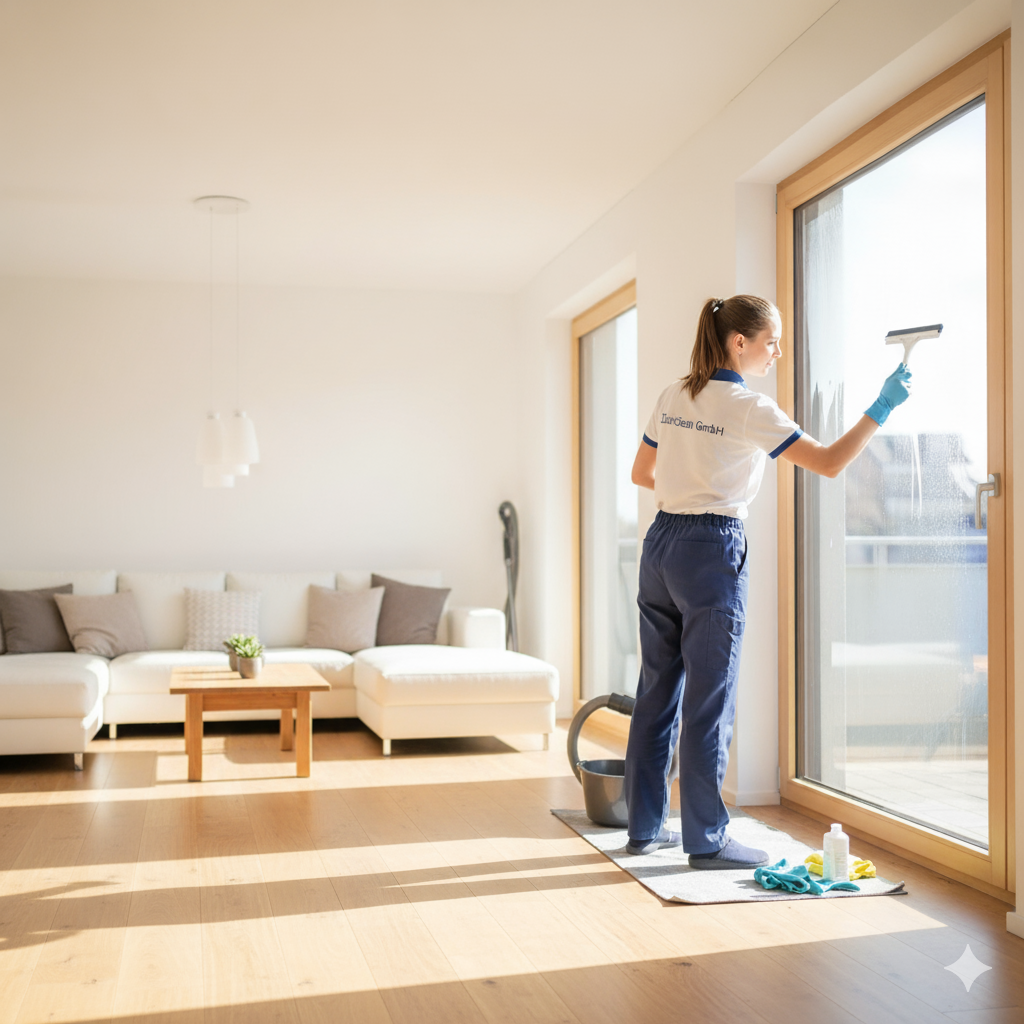
























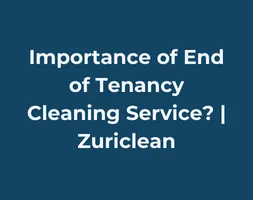












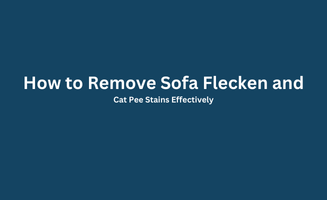




















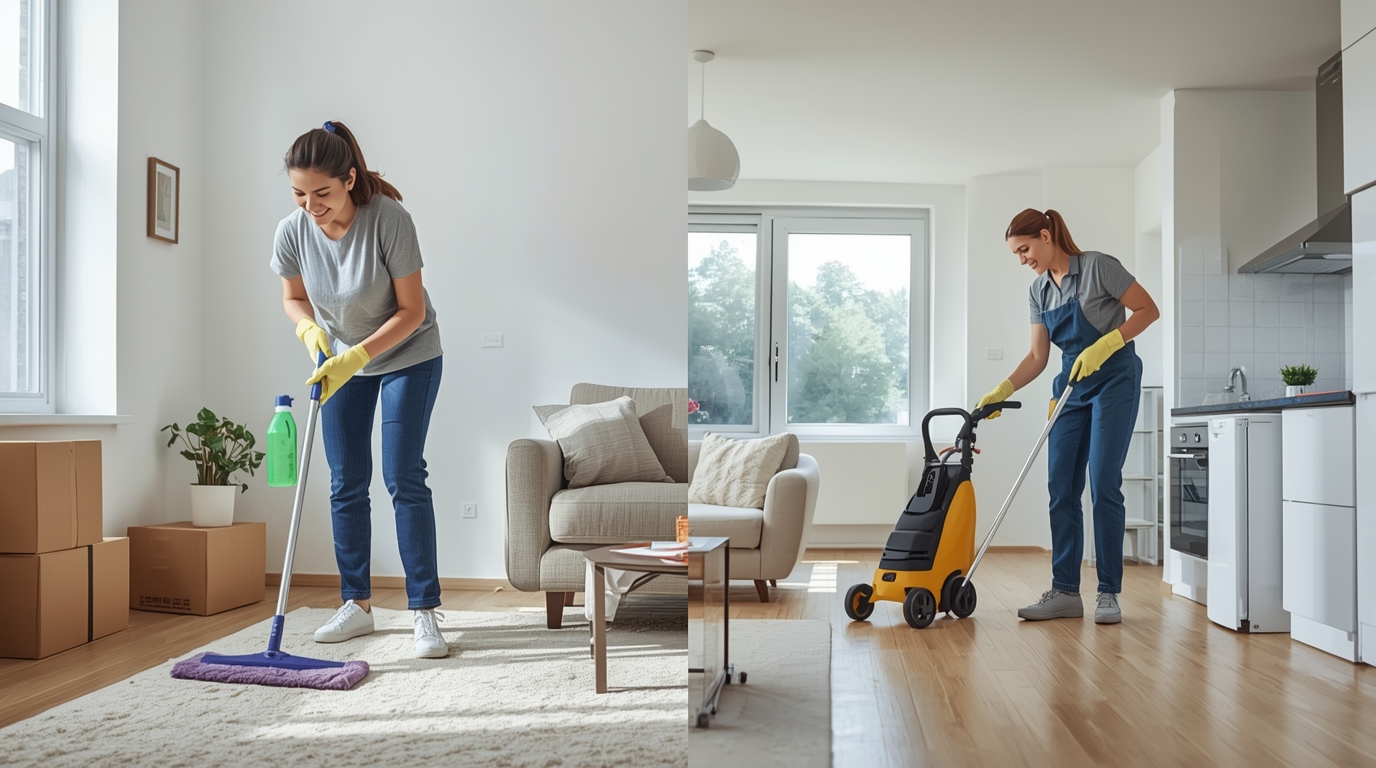



















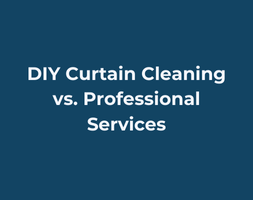


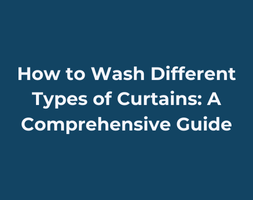



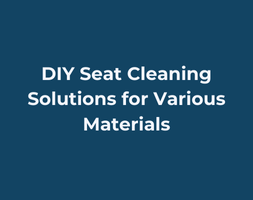
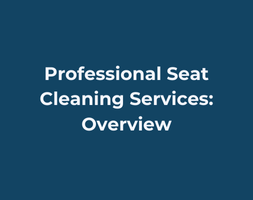






































































_11zon.webp)





.webp)



_11zon.webp)



.webp)














